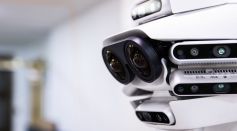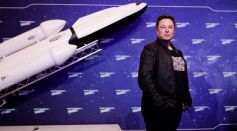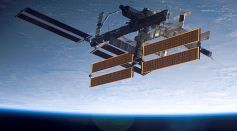Tags: Space Exploration

More Funding for NASA Could Boost Space Exploration Efforts in the US

GITAI, JAXA Partner to Develop Robot Model That Will Traverse the Moon’s Surface

Elon Musk's Inspiration for His Love of Space: Increasing the Scope, Scale of Human Civilization Beyond Earth

NASA SpaceX Crew-1 Astronauts to Meet Media Online After Historic Mission

Juno Captures Stunning Images of Superstorms, Preparing for More Flybys of Jupiter

China Set to Lift off First Module of Heavenly Harmony Space Station
China's Chang'e 6 Lunar Probe on 2024 to Showcase Equipment from European Countries
SpaceX Crew-2 Mission Arrives at ISS, Docks at Harmony Module for 6-Month Stay
NASA Perseverance Mars Rover Landing a Must-See; More Missions to Arrive in February 2021
SpaceX ISS Docking was Automated, But Have a Go Yourself With Accurate Simulator
New Research Concerning Imposter Stars May Help Future Astronomical Studies
Tel Aviv University Developed a Shoebox-Sized NanoSat Set For Launch
"Little Rocket Man": Valve President Gabe Newell to Send Garden Gnome to Space
Next Generation Travel: Direct Fusion Drive Can Get Spacecrafts to Titan in Two Years
NASA Announces The "Artemis Accords" Among the First Eight Nations

A Machine Learning Tool Supports the Search for New Craters on Mars

NASA's New Toilet Encourages Astronauts to "Boldly Go!"

Jeff Bezos' Aerospace Company, Blue Origin, Will Test Moon Lander in First 2020 Flight

Chitin-Derived Materials Can be Used to Create Tools & Shelter on Mars
NASA Plans to Buy Lunar Rocks From Private Companies
Most Popular

Can We Bring Back Extinct Animals? How De-Extinction Science and Technology Work

Why Do Stars Explode? Supernova Formation and the Final Stage of a Star Lifecycle

The Air Pollution Climate Link: What Environmental Science Reveals About Our Changing Planet

3I/ATLAS: The Truth Behind the Mysterious Interstellar Object Now Targeted by NASA and UN Teams





